Introduction
Does your home video system look forward to? Learn about the ways HDMI 2.1 is transforming audio-visual experiences using unmatched performance capabilities. With technology continually evolving at a fast rate to 8K screens and high refresh gaming, as well as immersive audio systems, the demand to have a stronger connectivity solution has never been more significant.
HDMI 2.1 is the most current standard of digital connection, and it has truly dramatic improvements compared to the previous standard of HDMI 2.0. This state-of-the-art specification provides an increased bandwidth, enhanced next-generation resolutions, and introduces gaming-oriented features that are changing the way we enjoy entertainment.
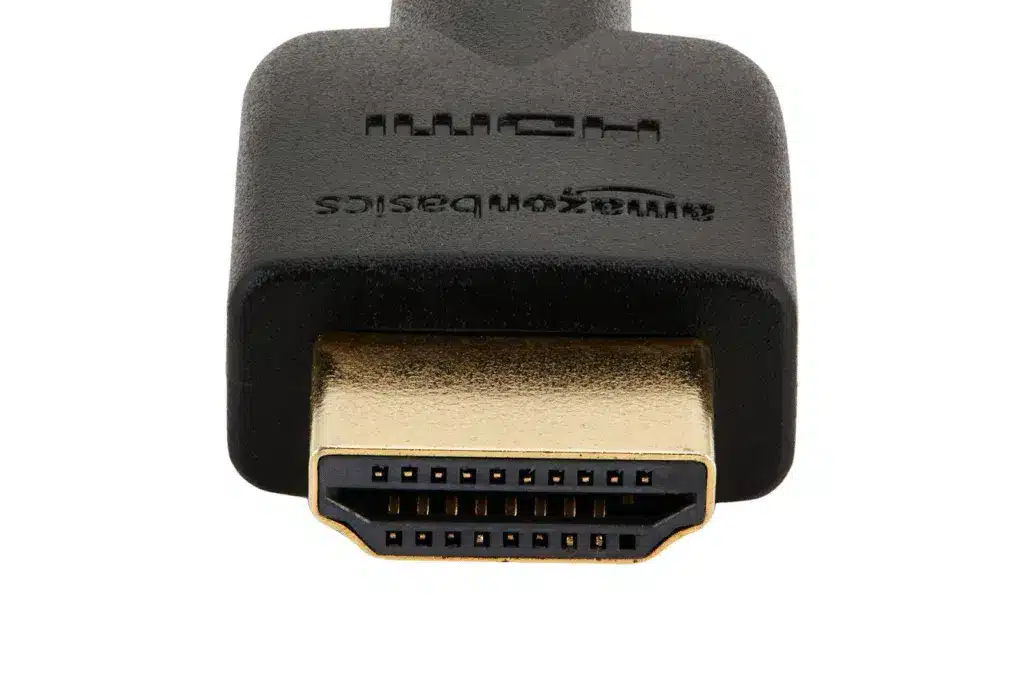
The importance of HDMI 2.1 to consumers and technology fans is that it directly affects picture quality, video gaming performance, and audio fidelity. HDMI 2.1 capabilities can also improve your multimedia experience, whether you are a casual viewer, a serious gamer, or a home theater enthusiast.
What Is HDMI 2.1?
The latest HDMI is HDMI 2.1, which is capable of providing resolutions and refresh rates that are several times higher than those of earlier versions. Published in 2017 but followed by a mass adoption over the last few years, the standard is a quantum leap in the performance of digital connectivity.
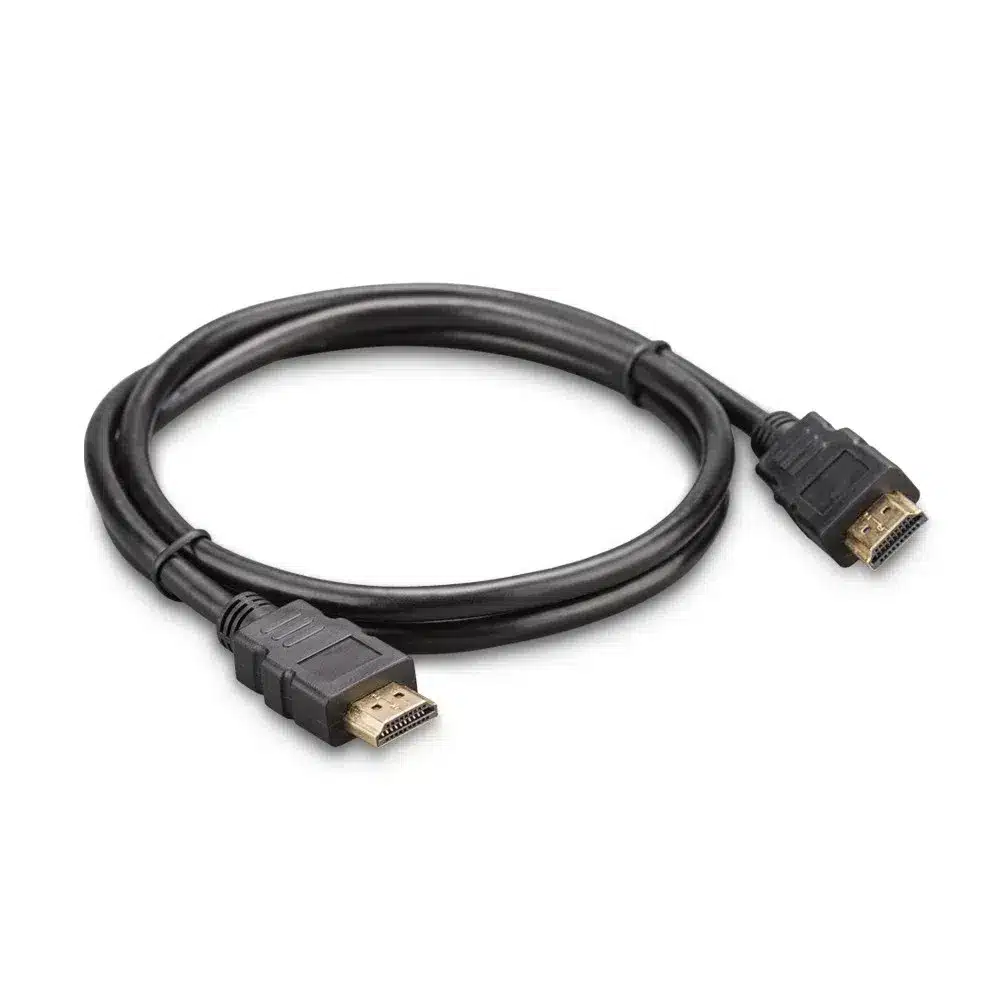
Key Features of HDMI 2.1
Bandwidth Enhancement The biggest achievement in HDMI 2.1 is a huge bandwidth of 48 Gbps, which is almost three times more than the bandwidth of HDMI 2.0, 18 Gbps. This increased data transfer rate allows higher resolutions, refresh rates, and non-compressed, higher-quality audio.
Resolution & Refresh Rate Support HDMI 2.1 allows gaming and high-frame rate content using 4K at 120Hz refresh rates, producing a remarkably smooth motion. It also supports 8K at 60 frames per second, getting your rig ready to support the following generation of ultra-high-definition displays.
Dynamic HDR Technology: Unlike fixed HDR formats, Dynamic HDR varies the brightness, contrast, and color settings on a scene-by-scene or frame-by-frame basis. This technology is designed with the best picture quality across entire movies or gaming sessions and can adjust to different content demands.
eARC (Enhanced Audio Return Channel) eARC is a much better audio channel than ARC, and allows advanced audio formats such as Dolby Atmos and DTS:X. This allows lossless audio transmission of the audio in your display to your sound system.
Variable Refresh Rate (VRR) This technology removes tearing and stuttering on the screen by aligning the display refresh rate with the frame output of the graphics processor. This helps to make gaming experiences smoother, especially in competitive and fast-paced games.
Auto Low Latency Mode (ALLM): ALLM automatically puts supported displays into the lowest latency mode when gaming content is detected. That reduces input lag and offers more responsive controls and better gaming performance.
HDMI 2.1 vs. HDMI 2.0: A Comparative Analysis

The differences between HDMI 2.1 and HDMI 2.0 assist in explaining the need to upgrade entertainment systems today.
Bandwidth Comparison The bandwidth variation is huge: HDMI 2.0 offers 18 Gbps, and HDMI 2.1 offers 48 Gbps. This higher bandwidth allows HDMI 2.1 to support much more data, which in turn supports higher resolutions and refresh rates at the same time.
Resolution & Refresh Rate Capabilities HDMI 2.0 will reach a maximum of 4K resolution and 60Hz refresh rates, which is enough to display standard content but not sufficient to play games or high frame rate TV shows. HDMI 2.1 will support 4K, 120Hz, and will also support 8K, 60Hz, in the future, future-proofing your system.
Audio Feature Enhancements: HDMI 2.0 can use audio return channel (ARC), but HDMI 2.1 has eAR, C, which has better audio quality and supports advanced surround sound. This is especially true with high-end home theater systems.
Gaming-Focused Features HDMI 2.0 provides fewer gaming optimizations, but HDMI 2.1 introduces VRR and ALLM, which are specifically designed to improve gaming. These are the features that render HDMI 2.1 critical to next-generation console gaming and high-refresh PC gaming.
Real-World Applications of HDMI 2.1
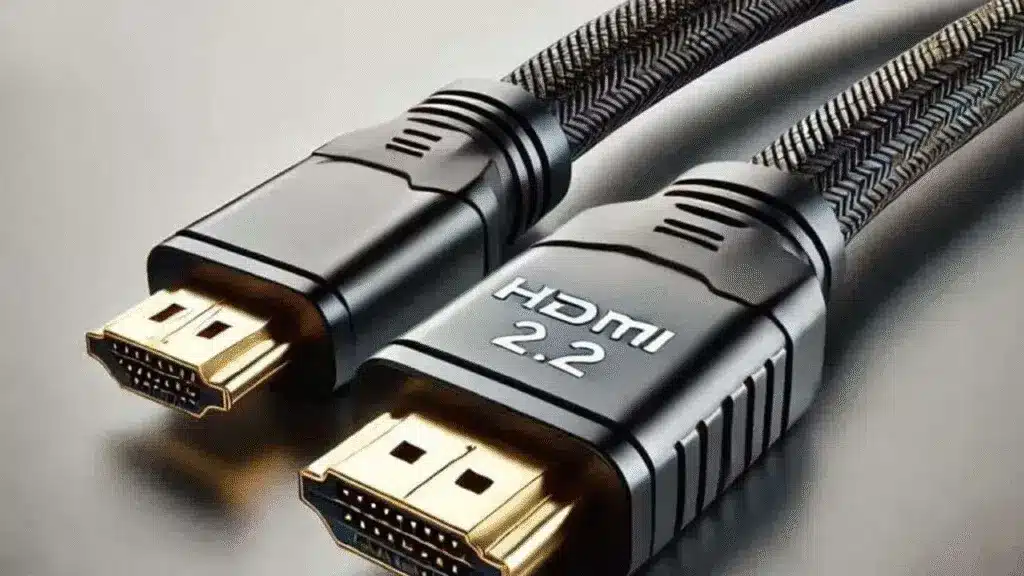
Gaming Consoles Integration The latest modern gaming consoles, such as PlayStation 5 and Xbox Series X, are now equipped with HDMI 2.1, allowing 4K gaming at 120fps. These consoles also use VRR and ALLM capabilities to provide more responsive, smooth gameplay experiences not achievable with earlier standards of HDMI.
Television Compatibility Next-generation HDMI 2.1 TVs are now capable of delivering superior display technology. These ports are used by premium TVs to playback 8K content and high-refresh gaming, as well as process Dynamic HDR, and optimize the displayed picture quality across all types of content.
Sound System Enhancement Home theater users also enjoy the benefit of eARC functionality that allows lossless transmission of smart TV applications to external sound systems. This aspect makes sure that the audio tracks of streaming services are delivered to your speakers without any loss in quality.
PC Monitor Applications HDMI 2.1 is used to enable high-resolution 4K gaming monitors to run at higher than 60Hz refresh rates. This feature is especially useful in competitive gaming, where fast movement and lower input lag have been shown to give a competitive edge.
How to Identify HDMI 2.1 Ports and Cables
Port Identification Methods: Check markings near HDMI pins, including HDMI 2.1 labels or feature labels that indicate VRR or ALLM, or eARC compatibility. Other manufacturers identify HDMI 2.1 ports and standard ports by color-coding or numbering their ports.
Cable Requirements: HDMI 2.1 requires Ultra High Speed HDMI cables certified at 48 Gbps bandwidth to operate at the full HDMI 2.1 performance. Most standard Highspeed HDMI cables are not capable of supporting the entire feature set of HDMI 2.1, which may not support resolution, or refresh rates, or may cause compatibility problems.
Device Compatibility Considerations: HDMI 2.1 to be used, both source devices (gaming consoles, PCs, streaming devices) and displays (TVs, monitors) need to be HDMI 2.1 compatible. One HDMI 2.1-compatible device in your setup can only do as much as the lowest common denominator can do.
Common Misconceptions About HDMI 2.1
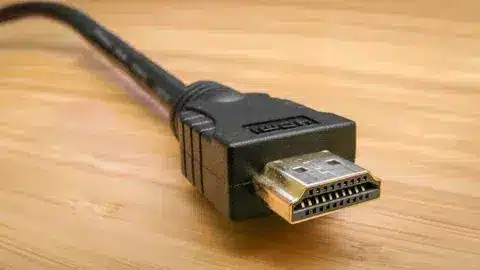
All HDMI 2.1 Ports are the same. Not every HDMI 2.1 port will support all the features available. Devices with partial HDMI 2.1 support can provide some features, such as eARC, but not all features, such as VRR. Devices check specifications on features supported.
HDMI 2.1 Benefits Only Gamers Although the gaming features are the most obvious, the advantages of HDMI 2.1 can be applied to every movie enthusiast who will appreciate the Dynamic HDR content, an audiophile who will require an advanced sound system, and an average user who will future-proof his/her entertainment system with 8K content.
“Any HDMI 2.1 Cable Provides Full Performance.” Cable quality is important in HDMI 2.1 performance. Ultra High-Speed HDMI cables are certified to provide strong performance in transporting the signal, whereas low-quality cables can be used, but will lead to problems in connection, poor performance, or may not be compatible with certain features.
Future of HDMI: What’s Next?
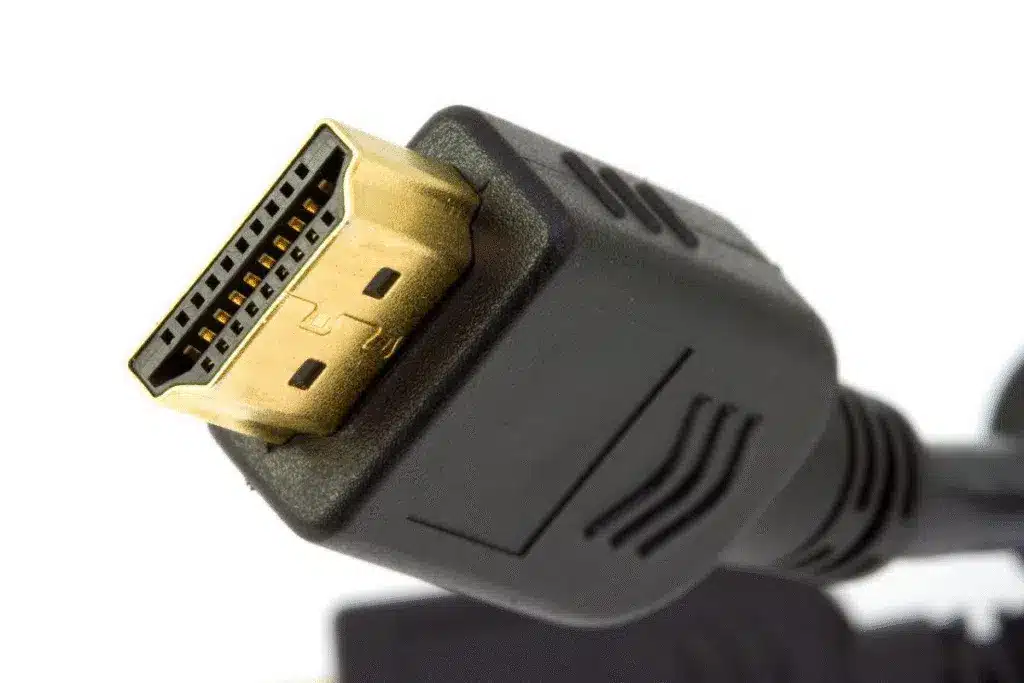
HDMI 2.2 and Beyond: It will probably emphasize even more resolutions, better compression technologies, and gaming options. The industry has talked about 10K resolutions and advanced AI-powered picture optimization technologies support.
Emerging Technology Trends: The industry is shifting towards 10K resolution support, enhanced audio format beyond what is currently available, and connection to new technology such as virtual reality and augmented reality displays. The developments will spur the next generation of HDMI standards.
Industry Adoption Timeline: Adoption is picking up pace across consumer electronics, with large manufacturers adding support in high-end devices, then rolling out the standard to mid-range devices. It usually requires 3-5 years after its introduction before it reaches full market penetration.
Conclusion
HDMI 2.1 is a revolutionary change in the connectivity technology as it provides significant gains in bandwidth, resolution support, refresh rates, and gaming-related features. With eARC technology and the ability to support 4K gaming at 120Hz, 8K content at 60Hz, and more audio, the 48 Gbps bandwidth becomes available. Gaming performance-specific features, such as Variable Refresh Rate and Auto Low Latency Mode, and Dynamic HDR, improve viewing experiences of all types of content.
The gaming benefits also include home theater systems, streaming media, and future-proofing entertainment systems to adopt the new 8K technology. Knowledge of the variations between HDMI 2.1 and older standards will allow consumers to make educated choices about upgrades and the need to purchase new options.
We advise you to check the HDMI 2.1 capabilities of the devices you currently have and look into replacing components that could be improved with the new features. Regardless of whether you are creating a new entertainment system or updating existing equipment, HDMI 2.1 interoperability will enable your arrangement to support current and future high-performance content requirements. Test your gaming consoles, televisions, sound, and cables to allow unlimited enjoyment of multimedia with this ultra-modern connection standard.





